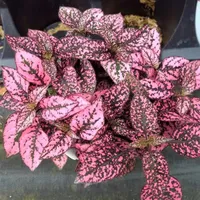How to propagate polka dot plants
Polka dot plants can be successfully propagated in soil or water

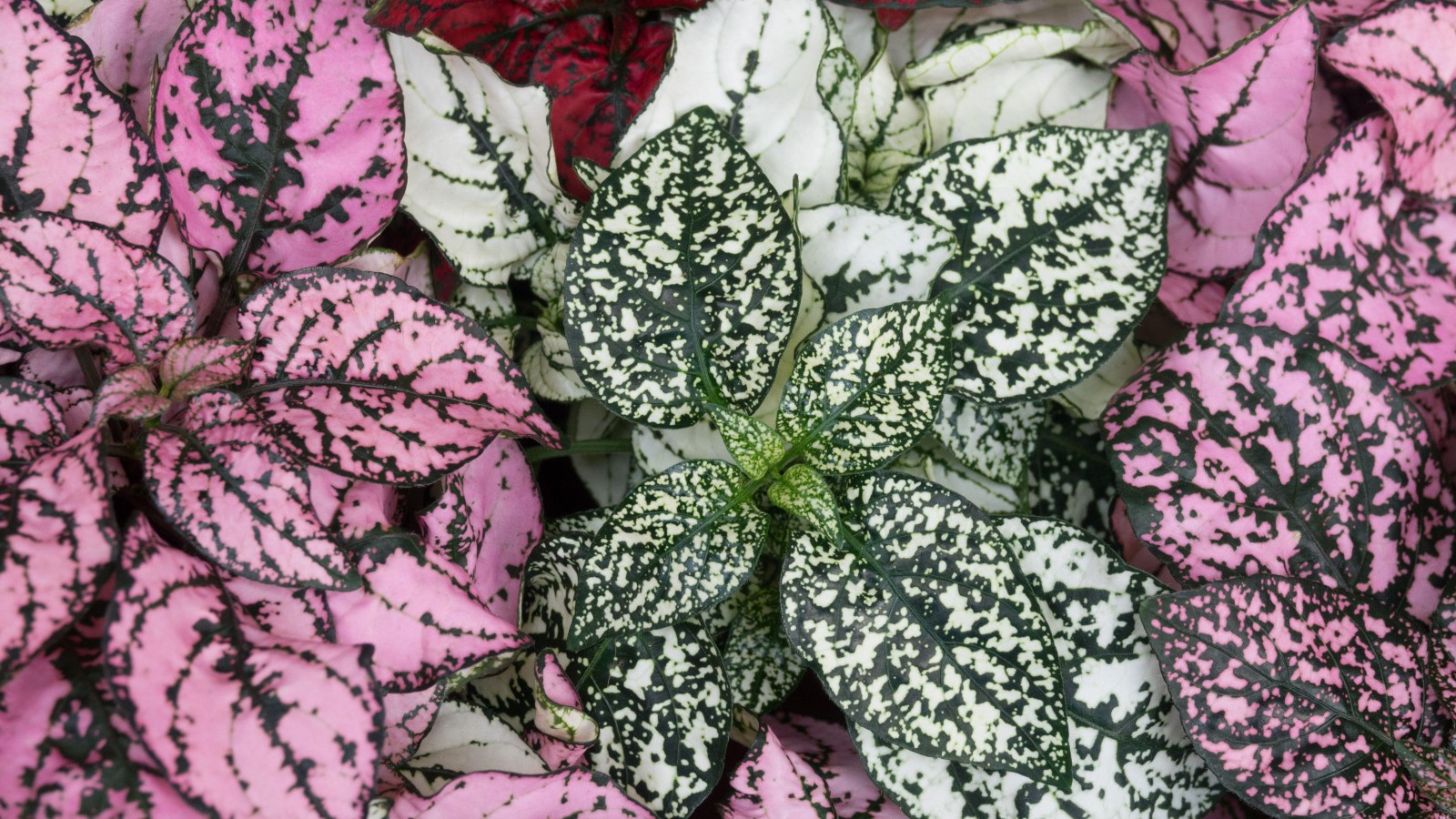
A polka dot plant, also known as Hypoestes phyllostachya, is a striking addition to any household space thanks to its unique speckled leaves. They are also relatively easy to propagate by taking stem cuttings that can be rooted in two ways, in soil or water.
While they are one of the best indoor plants, polka dot plants can also be planted outdoors in warm and partial-shade spots. Getting their location right is always important as hot direct sunlight has the potential to scorch their leaves, so they prefer indirect sunlight or dappled shade.
Whether you grow your plants inside or out, taking cuttings is the best way to expand your polka pot plant collection. We take a look at the steps you should follow to take polka dot plant cuttings and look after them to help guarantee a successful rooting.
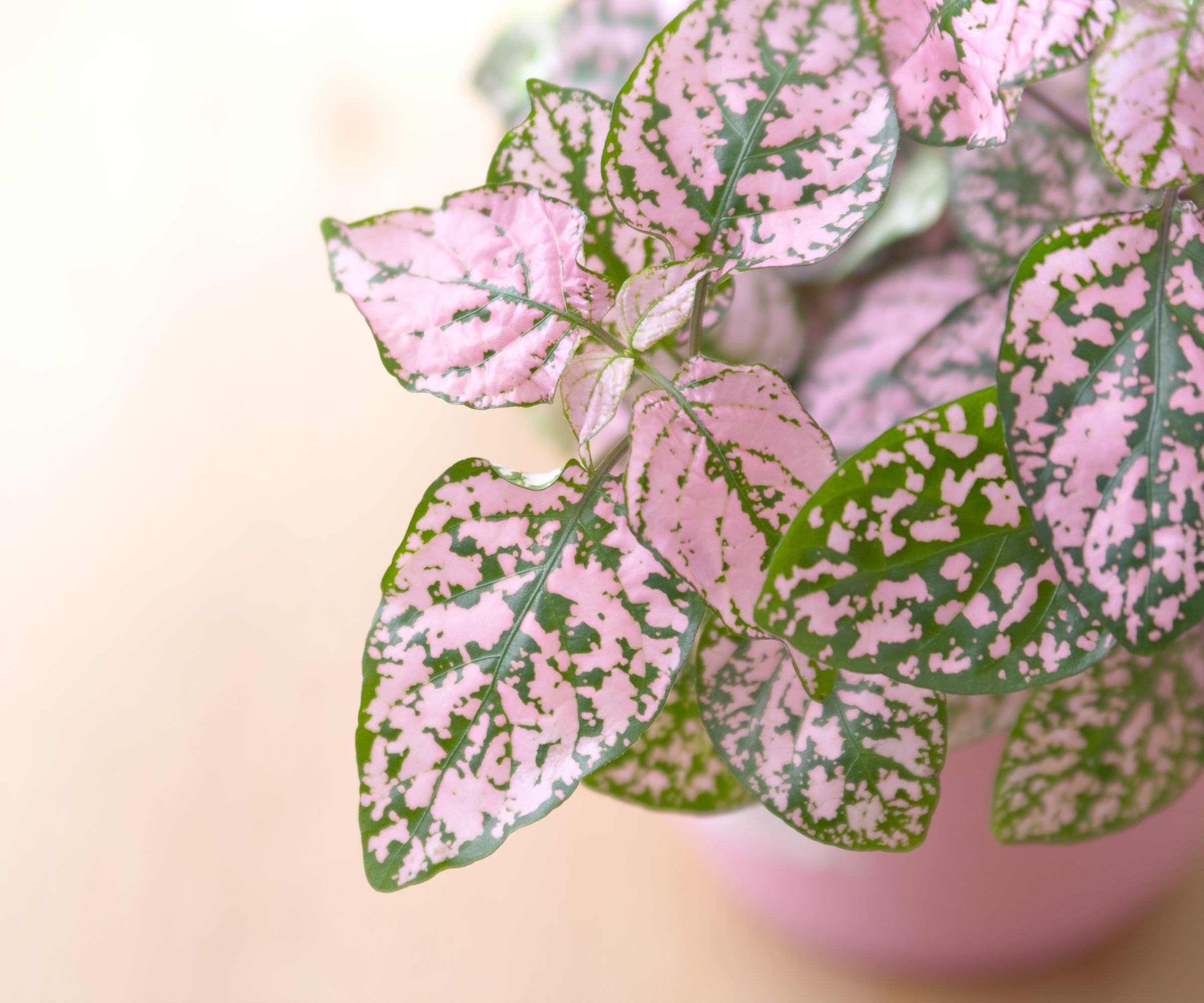
Polka dot plants come in shades of pink, red, or white
When is the best time to propagate polka dot plants?
Propagating polka dot plants is a fairly simple process. Cuttings provide a perfect way to propagate new plants and polka dot plants are one of the easiest indoor plants to propagate in this way. These tropical indoor plants essentially do not have a dormancy period, but there are preferential times to take cuttings if you want to guarantee success.
Vladan Nikolic, an indoor plant expert, says ‘it is easy to propagate a polka dot plant’ through stem cuttings and recommends undertaking this at the time when the plant is in its most active growth phase. He recommends: ‘You can propagate your polka dot at any time, but the cuttings will root best during spring and summer when the amount of light is the highest and it's warmer.’
Getting the timing right is crucial for success. Taking cuttings at the wrong time is a common houseplant propagation mistake that people make. It is not that taking plant cuttings will not work at any other time, it is just that the chances of success are reduced and any rooting can take longer outside of the main spring and summer window when most houseplants are actively growing.
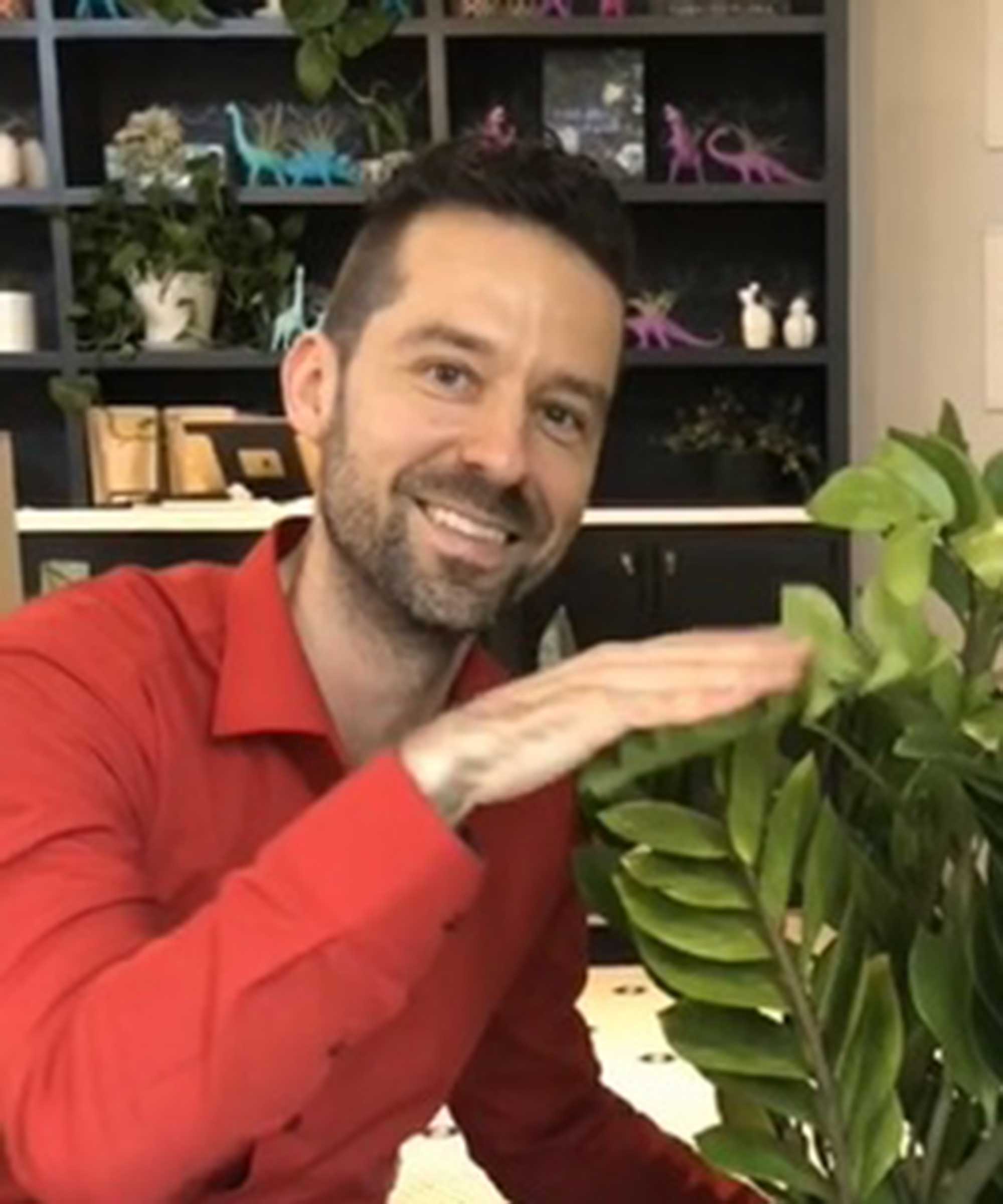
Vladan Nikolic is a houseplant expert with over 10 years of experience. He is the founder of the houseplant care blog Mr. Houseplant and is a social media influencer for houseplants with over 500,000 followers.
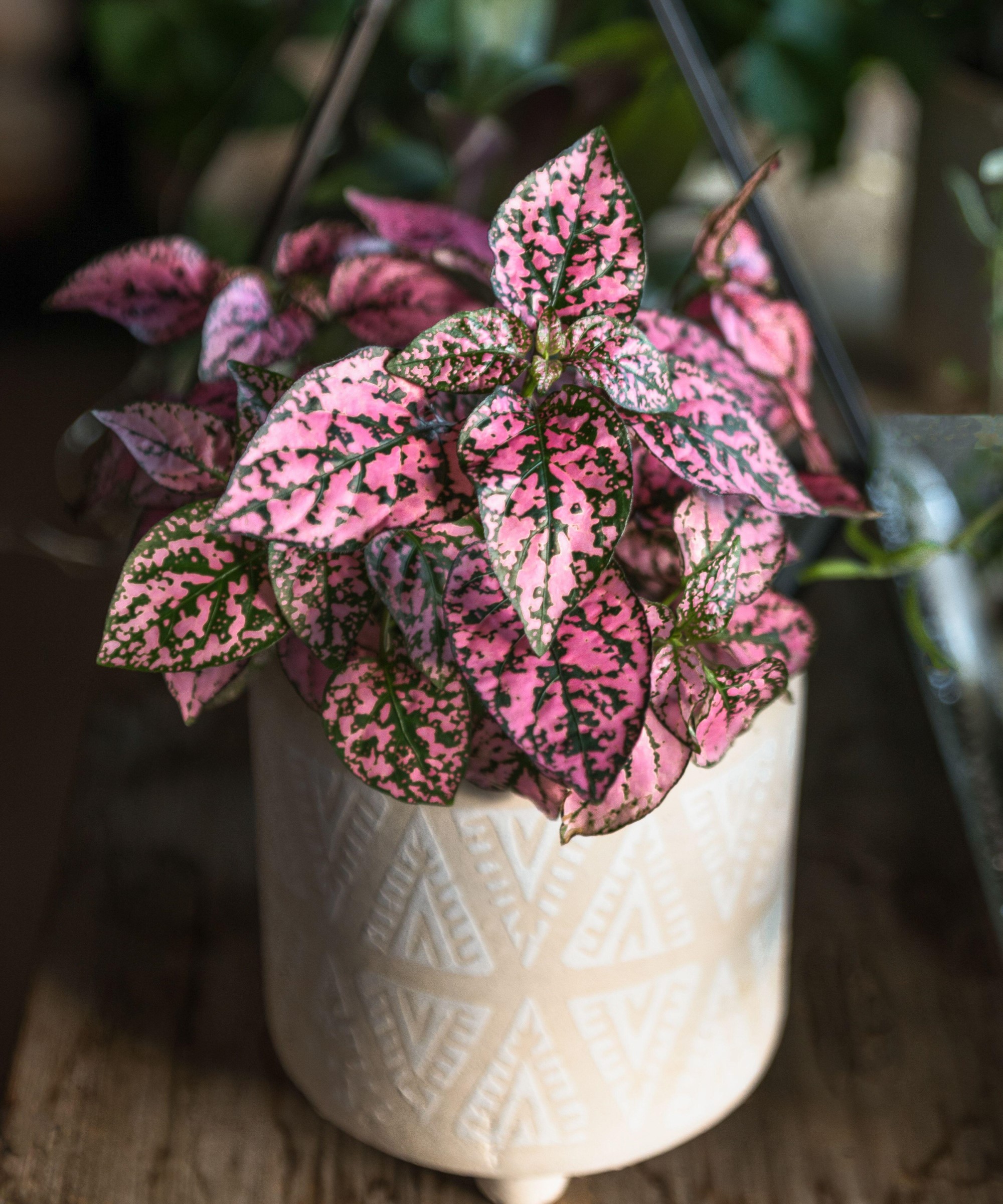
Polka dot plants are popular houseplants for warm and shady spots
Splash Select Rose Polka Dot Plant | Available at Nature Hills
The Splash Select Rose Polka Dot Plant has rose-colored leaves dotted with green. It can thrive outdoors or as a houseplant
How to propagate polka dot plant cuttings
It is important to use clean garden tools when taking cuttings, you want clean and sharp pruning shears to ensure you make clean cuts and do not risk spreading diseases to plant material.
Design expertise in your inbox – from inspiring decorating ideas and beautiful celebrity homes to practical gardening advice and shopping round-ups.
You want to identify healthy and sturdy stems to take cuttings of. Avoid wilting stems, any with signs of damage or disease, or any that are flowering as it reduces the likelihood of them rooting successfully.
Alex Tinsman from How To Houseplant recommends picking stems with ‘a few pairs of leaves’ as these ones are ‘the healthiest for propagation’. The houseplant expert outlines how to take polka dot plant cuttings in four simple steps:
- Once you've identified the stems, carefully snip them with clean scissors or pruning shears just below a leaf node. The cuttings should be around 3 to 6 inches in length
- Dip the cut end of the stem into rooting hormone as this can expedite the rooting process. You can get rooting hormone power at Amazon
- Plant the cutting in a well-draining potting mix, and maintain consistent moisture in the soil
- Cover the pot with a transparent plastic bag or dome to create a humid environment that supports root development. One example of an ideal pot for cuttings is these Nursery Pots with Humidity Domes available at Amazon
You want to give your cutting plenty of light, particularly making sure it is in direct sunlight rather than direct sunlight that can harm cuttings. Ideally, you want to maintain a temperature range of 65 to 75F, or you can consider using a heat mat to speed up the rooting process.
Be careful when it comes to watering to avoid the cutting sitting in saturated soil, which can cause root rot. When watering plants in containers, use your finger to check the moisture levels and only water once the top few inches of soil dry out.
It should take a few weeks for the roots to form. You can tell if it has worked if you gently pull the cutting and feel the roots gripping the soil, rather than the cutting sliding out the soil. Once the cutting has rooted, transplant it into a larger pot with a well-draining potting mix. Do not use garden soil in pots as it sits too wet and massively increases the risk of root rot.

Alex Tinsman was born in Wisconsin and raised in Iowa and he is the Founder and Editor of HowToHouseplant.com. He is a passionate indoor gardener and the site aims to provide expert know-how on choosing, growing, and caring for houseplants.
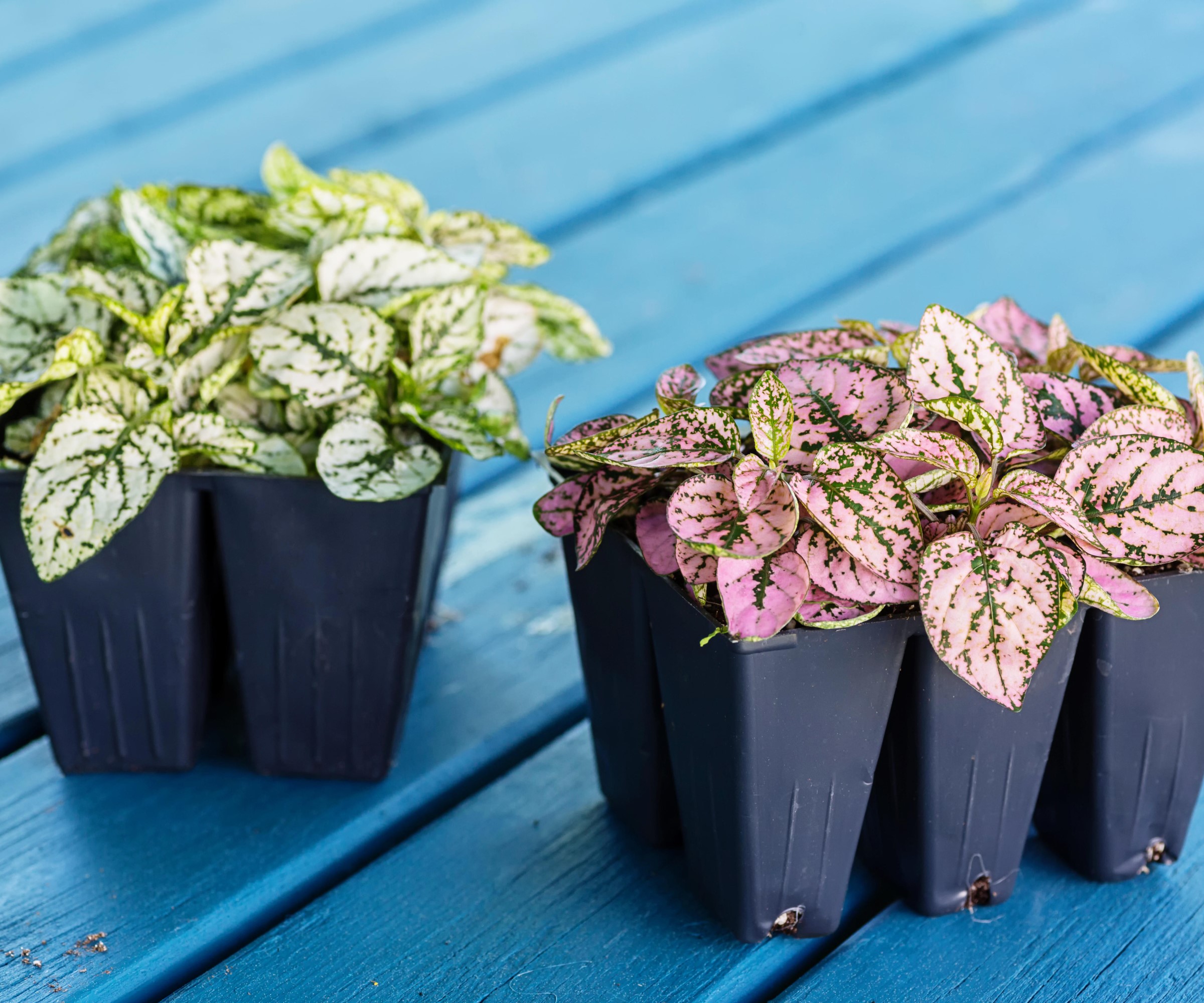
Young polka dot plants should be potted up in pots of well-draining compost
How to propagate polka dot plants in water
As well as propagating cuttings in soil, you can also root polka dot plant cuttings in water. This can be a simpler way to root cuttings and potentially one for a novice gardener as it can be faster than propagating in soil and you can actively see the progress. Vladan Nikolic claims that the water method is also ‘especially suitable for rookies since you don’t have to water the cuttings or monitor humidity’.
You want to take a 3-6 inch cutting, snipping again just below a leaf node, and place the cutting in a container of water with at least one node submerged. Place the container in a spot that gets bright yet indirect light and change the water at least once a week to prevent stagnation.
You will be able to see the roots forming and, once they reach about one or two inches, you can transplant the cutting into soil. Propagation in water does come with a bit of an increased risk of cutting wilting when transferred from the water into the soil.
FAQs
Can you divide a polka dot plant?
It is possible to divide plants, however, cuttings are the most popular and best-recommended way to propagate new polka dot plants. If you do have a large and bushy polka dot plant, then lift it out of the pot and simply pull apart sections of the plant, making sure that each one has a good amount of roots attached. Pot up each section in a well-draining potting mix to grow them on.
Polka dot plants are very simple and versatile houseplants that can work in many rooms in the house, they can be great kitchen plants, bedroom plants or also thrive in a bathroom. Just make sure to keep them away from your sunniest windows as direct sunlight during hot days can damage them, so use them to brighten up any shadier areas of the home.

Drew has worked as a writer since 2008 and was also a professional gardener for many years. As a trained horticulturist, he worked in prestigious historic gardens, including Hanbury Hall and the world-famous Hidcote Manor Garden. He also spent time as a specialist kitchen gardener at Soho Farmhouse and Netherby Hall, where he grew vegetables, fruit, herbs, and cut flowers for restaurants. Drew has written for numerous print and online publications and is an allotment holder and garden blogger. He is shortlisted for the Digital Gardening Writer of the Year at the 2025 Garden Media Guild Awards.
